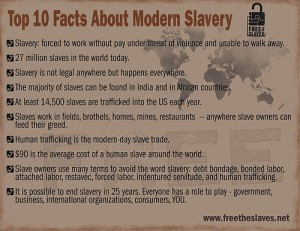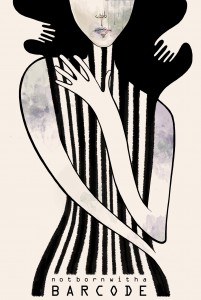The extent to which human trafficking is prevalent and takes place in plain sight is alarming. People assume that people who are trafficked for sex are adults simply taken and work the streets. This idea is overly simplistic. The average child who is taken for sex trafficking is between the ages of 12 and 14. Not only that, but one in three runaway teens will be lured towards prostitution after leaving home. (More stats can be found here).
It is also necessary to dispel that myth that only females are trafficked, men are trafficked as well (even for sex). Another misconception is that only foreigners are trafficked, but this can also happen to native United States citizens. Human trafficking has fallen off the radar as a political issue for many people. It is interesting to consider that in the United States we have a victim-centric view of trafficking; we easily overlook the traffickers or even the “Johns” who create the demand for it.
What is even more alarming is the fact that many of us have contributed to demand for human labor trafficking; take, for example, the shirts available at Wal-Mart for $5 or goods created in sweatshops for corporations such as Nike. There are easy ways to avoid human trafficking goods, such as by buying fair trade products, and if people really need to purchase cheap goods, thrift shops or used clothing stores can be great alternatives to reduce the demand for these goods. Human trafficking is a prevalent global issue, and if we remain unaware consumers, we can easily perpetuate demand for such goods; but if we remain aware, we can help to reduce the demand for trafficking.

